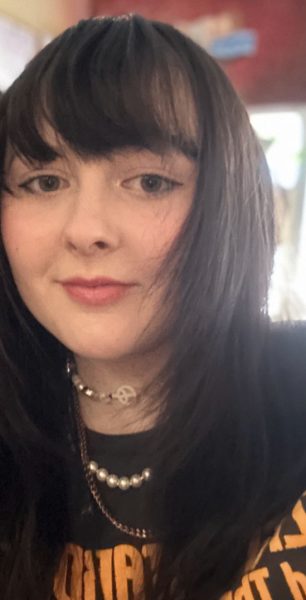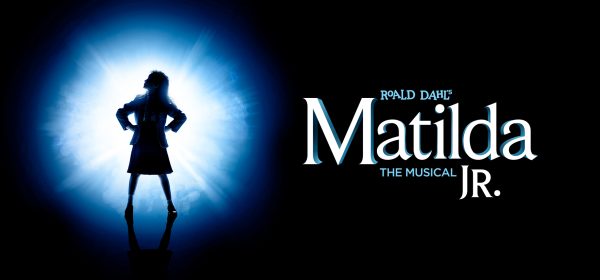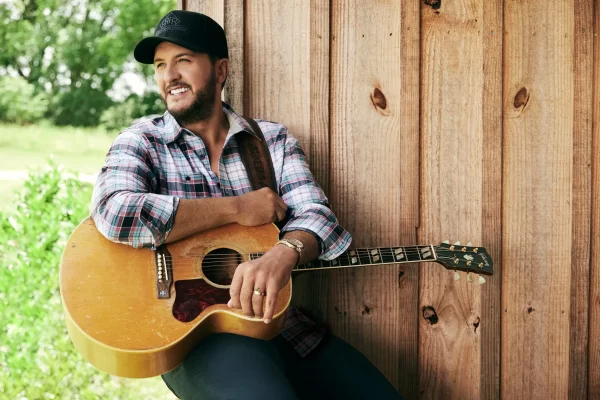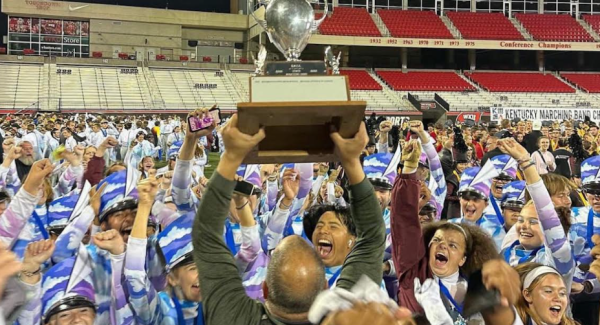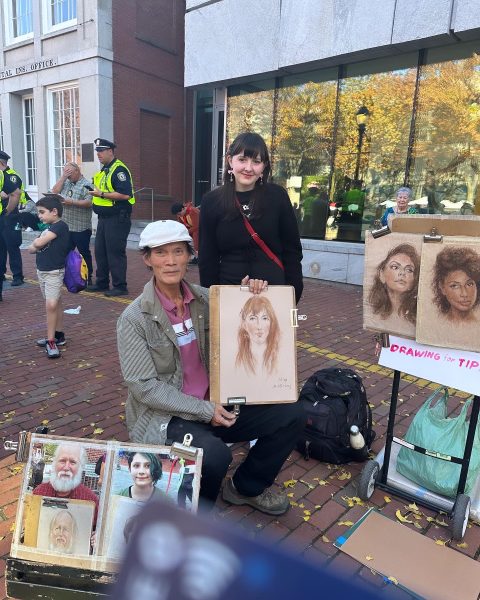Diversity and Representation In Comics
October 6, 2022
Comic books often have excluded representation of groups like people of color, women, gender-nonconforming, and LGBTQIA+ individuals suppressing them from mainstream view. But in the past year, representation, in front of the screen and behind, has grown. We believe this is a step in the right direction. These changes have a few leading noteworthy adaptations of iconic comic book representations in 2022 that are leading excluded groups to mainstream media.
Comic books haven’t had the greatest history of representation from “femme fatale” caricatures, comedic relief, or background roles often portrayed as people of color, to the lack of LGBTQIA+ and gender-nonconforming representation have been long-standing issues within comics. But that’s not always the case with some comics, such as The Sandman, which was first issued in 1988 by DC comics and Vertigo, written by Neil Gaiman. It portrayed gender-nonconforming and queer characters, setting it apart from other popular comics of the time. With the recent spotlight put back onto The Sandman, due to the recent Netflix adaptation with author Neil Gaiman credited as the executive producer, significant changes were made. Changes like casting Gwendoline Christie as a gender-less portrayal of Lucifer and non-binary actor Alexander Mason Park as the character Desire, who is portrayed as gender-fluid. Another iconic character, Death was cast as British actress Kirby Howell-Baptiste, who embodies Death’s kindness and beauty spot on.
The lack of representation of women, often portrayed in less empowering roles in film adaptations, has also seen shifts in recent years. Strong female leads are uncommon but in 2022, Marvel Entertainment released She-Hulk, based on the comics created by Stan Lee. The show’s creator Jessica Gao brought Asian-American and women’s representation behind the camera. The show changes themes of comic books like, “to be or not to be a superhero,” and discusses many modern issues. Strengthening women’s empowerment within television and comic books is a development that is still ongoing, and has become an intersectional movement, also including people of color and LGBTQIA+ representations, with many other minority groups still needing more representation within both comic books and media adaptations.
Recent releases have been a step forward for comic book and media representation, helping groups that historically have been misrepresented and ignored. Though changes and developments are needed, we see progress within comics, television series, movies, and other forms of media.

